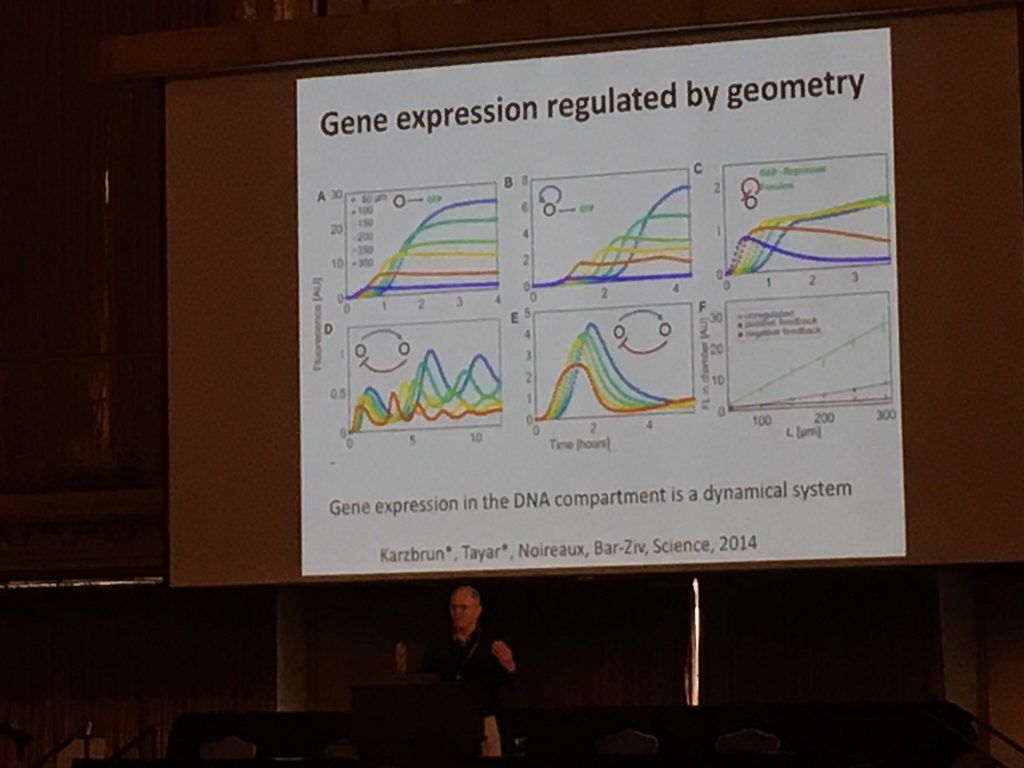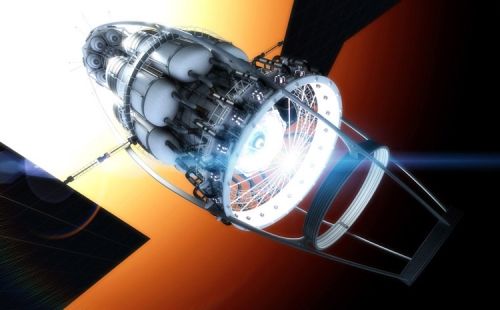Last year, OpenBCI burst onto the scene with a Kickstarter campaign to fund development of an open source brain-computer interface for makers. The company more than doubled its goal of raising $100,000 for its EEG platform and, as I write this, OpenBCI is preparing to ship its first run of finished products. Conor does a demo of the technology in the link below:
OpenBCI Demo by Conor Russomano
Recently, I had a chance to talk with OpenBCI co-founder Conor Russomanno to get his thoughts on how open source has changed the brain-computer interface (BCI) landscape and opened new opportunities in the present, and how it might affect future development opportunities as well.
“The one thing that we’re hoping to achieve with OpenBCI is to really lower the barrier of entry – both in terms of educational materials but also cost,” Russomanno said. “I think one really awesome implication is that, in a classroom or laboratory, where one research grade EEG system was used by a number students, now the same amount of money could be used to outfit every student with their own device. And we’ve seen that in our customer base, as a huge proportion of our customers are students, graduate-level researchers and professors who want to use OpenBCI as a learning tool.”
Continue reading “OpenBCI and the Future of EEG Technology” »

















